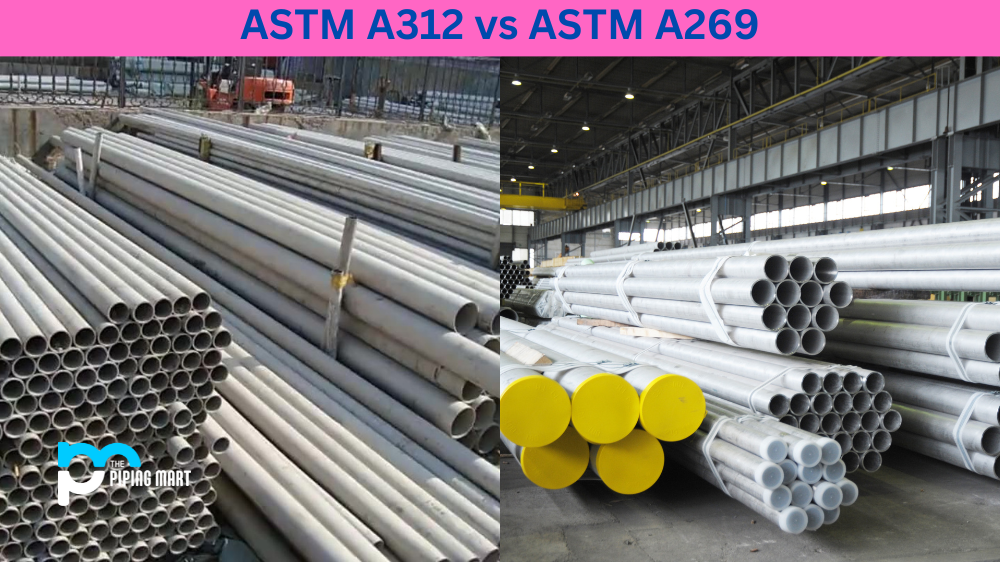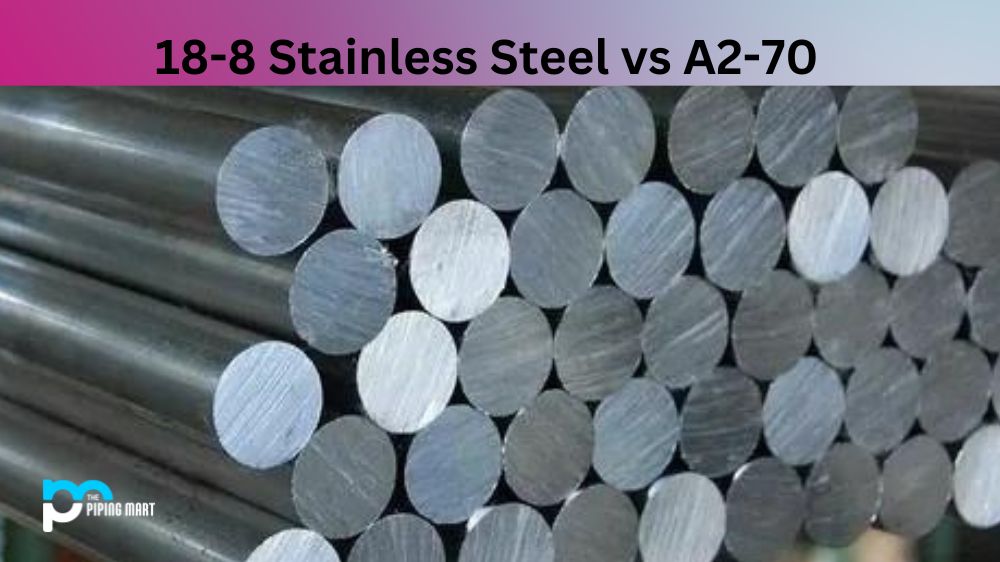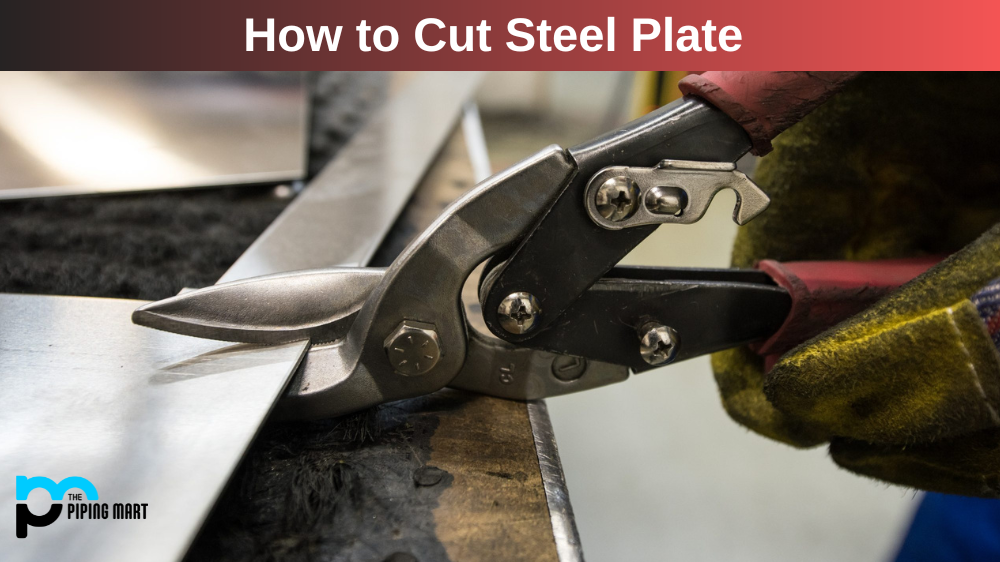Soldering is a valuable skill that can be used in many practical projects. It is especially useful when working with metal components. One metal you may need to solder is nickel, which can be difficult to work with due to its high melting point and brittleness. However, it is possible to solder nickel if you know the right techniques. In this blog post, we will discuss how to solder nickel successfully so you can get the results you want.
Gather Your Materials
Before you begin soldering, ensure you have all the necessary materials. You will need a soldering iron, flux paste, solder wire, sandpaper, and protective gloves. Additionally, you should ensure your work area is clean and free of any debris or dust particles that could interfere with the soldering process.
Prepare the Nickel
Once your materials are ready, it’s time to prepare the nickel for soldering. Ensure that both pieces of nickel are perfectly clean and free of dirt or grime before beginning. Use sandpaper or steel wool to remove any excess material on the surface of the nickel pieces that could prevent them from bonding properly during soldering. Once they are clean enough for use, apply flux paste to both surfaces of your project before placing them together in their desired position for soldering.
Soldering Process
Now it’s time for the actual soldering process! Heat up your soldering iron to about 350-400 degrees Fahrenheit (176-204 degrees Celsius). This temperature range should be sufficient for most nickel projects; however, remember that higher temperatures may be needed for thicker metal or more complex designs. Once your iron is heated up sufficiently, press it against the flux paste on both sides of each joint and hold it there until it begins to melt into a liquid state—this usually takes between three and five seconds, depending on how hot your iron is set at. As soon as the flux paste has turned into liquid form, add solder wire while still pressing down with your iron until all gaps have been filled in completely with molten solder. Finally, let everything cool down completely before handling the finished product; this usually takes around 15 minutes, depending on how thick your pieces are, before being joined together via soldering.
Conclusion:
Soldering nickel can seem intimidating, but following these steps makes it surprisingly easy! All you need are basic supplies such as a soldering iron, flux paste, and solder wire, along with some safety gear like protective gloves and goggles — then just follow our guide above step-by-step for successful results every time! Whether you’re working on a simple jewelry project or a more complex electronics assembly job involving multiple components made from nickel — following these tips will ensure that everything stays securely connected without any weak points or potential failure points in future operations over time! With enough practice and patience, there’s no limit to what kinds of amazing things you can create using this versatile technique! DIYers rejoice!

Abhishek is a seasoned blogger and industry expert, sharing his insights and knowledge on various topics. With his research, Abhishek offers valuable insights and tips for professionals and enthusiasts. Follow him for expert advice on the latest trends and developments in the metal industry.




